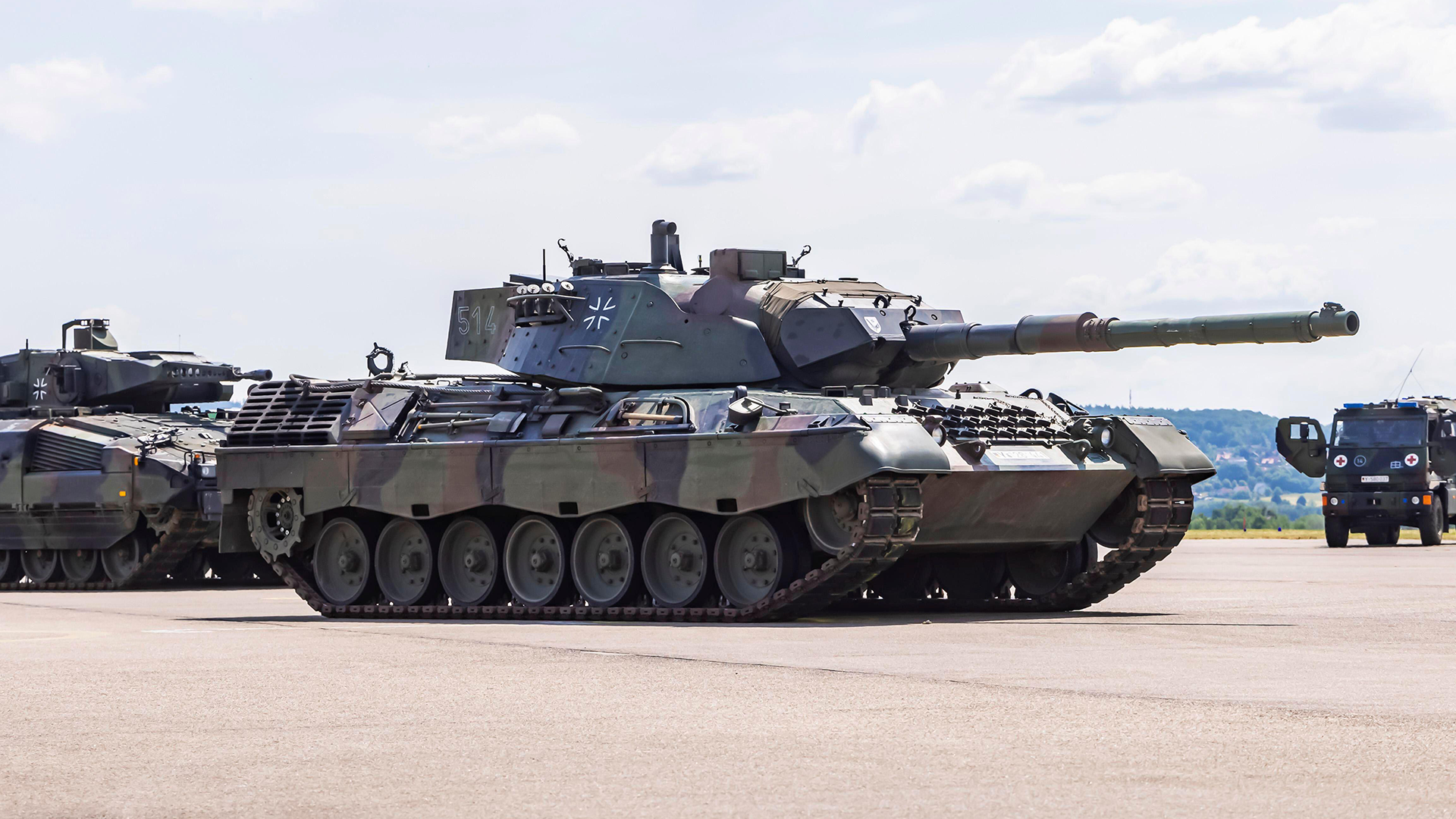
Leopard 1 could roar even louder thanks to new engine from Rolls-Royce and FFG

A new chapter could be unfolding for two of Europe's most enduring military vehicles, the Leopard 1 and the less well-known Wisent 1.
Rolls-Royce, FFG Flensburger Fahrzeugbau Gesellschaft and transmission specialist ZF are collaborating on a significant engine upgrade aimed at enhancing performance and extending the operational life of these vehicles.
The German-made Leopard 1, first introduced during the Cold War in the 1960s, remains in service with several armed forces across the world.
- Leopard 1: The German-built 'best selling' tank with a British gun
- Boost for Ukraine air defences as UK pledges £162m light multirole missile systems package
- Stryker: Everything you need to know about the lethal American armoured personnel carrier
The Leopard 1A5 tank is the most common Western-made tank in the Ukrainian armed forces.
Around 100 Leopard 1s were handed to Ukraine from Germany and Denmark.
The Wisent 1 is based on the Leopard 1 tank chassis and is part of the arsenal of the German army, and is also used by other countries, including Ukraine.
Known for its versatility, the Leopard 1 family also includes specialised vehicles like the Gepard (Cheetah) anti-aircraft platform, which Ukraine has effectively used to defend against aerial threats.
The Leopard tank is known as a best seller, having undergone numerous upgrades over the years, with its early advantage coming from British engineering.
The tank was initially fitted with the British-made 105mm L7 gun, also used on the British Centurion tank and the initial variant of the American M1 Abrams.
This British contribution played a key role in the Leopard's widespread adoption and long-standing legacy.
Later versions of the Leopard 1 received enhanced armour protection, resulting in the boxy, angular turret seen on models like the Leopard 1A5, ensuring the tank stayed relevant in modern warfare.
The centrepiece of the latest upgrade is the replacement of the ageing mtu MB838 engine with a modern mtu 8V199 engine.
The 8V199, already proven in vehicles like the Boxer, brings a substantial power boost, increasing output by 190 kW to a total of 800 kW.
The engine is lighter and cheaper. As Rolls-Royce senior vice president Knut Müller puts it: "Our mtu Series 199 engines have been setting standards in terms of performance, reliability and economy for years.
"The new 800 kW version is the perfect drive solution to ensure that the vehicles in the Leopard 1 family can continue to be operated efficiently in the future."
For countries still operating Leopard 1 fleets, upgrading to the newer Leopard 2 could be too expensive.
This engine upgrade offers a cost-effective way to modernise the Leopard 1 and Wisent 1 without needing to replace the entire fleet.
The tank has proven its worth across decades of service and if adopted the new engine could take the Leopard 1 into the future, ensuring Ukraine can continue to rely on these battle-tested vehicles.









